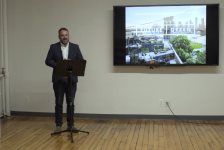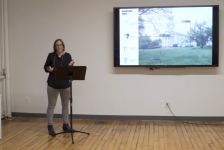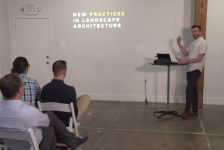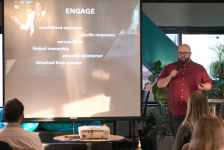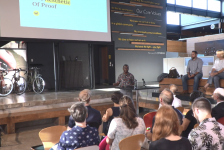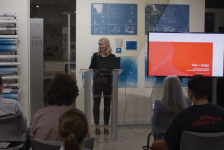There are too few opportunities to share knowledge within the design profession. Formalized research is only starting to gain prevalence, while most rely on personal experience as a basis of their knowledge. While a knowledgeable individual can be great resource within the office, their time is often limited, making knowledge sharing challenging. During the Land8x8 Lightning Talks in Seattle, Jill Fortuna, Director of Research and Development (R&D) at Gustafson Guthrie Nichol (GGN), spoke about how GGN is using technology to harness employee knowledge and record project history.

National Museum of African American History and Culture designed by GGN (Photo: Andrew Moore)
In her role as Director of R&D, Fortuna embraces new ways of thinking about materials and construction. Leading the Construction Administration of many of GGN’s high-profile projects, including the Smithsonian’s National Museum of African American History and Culture, Fortuna’s work often involves interpreting someone else’s design. From contractor, supplier, fabricator, and/or manufacturer, there are many hands touching a single element. Fortuna works with these specialists to bring an idea into a place, and ensure the original design intent is carried out through construction.
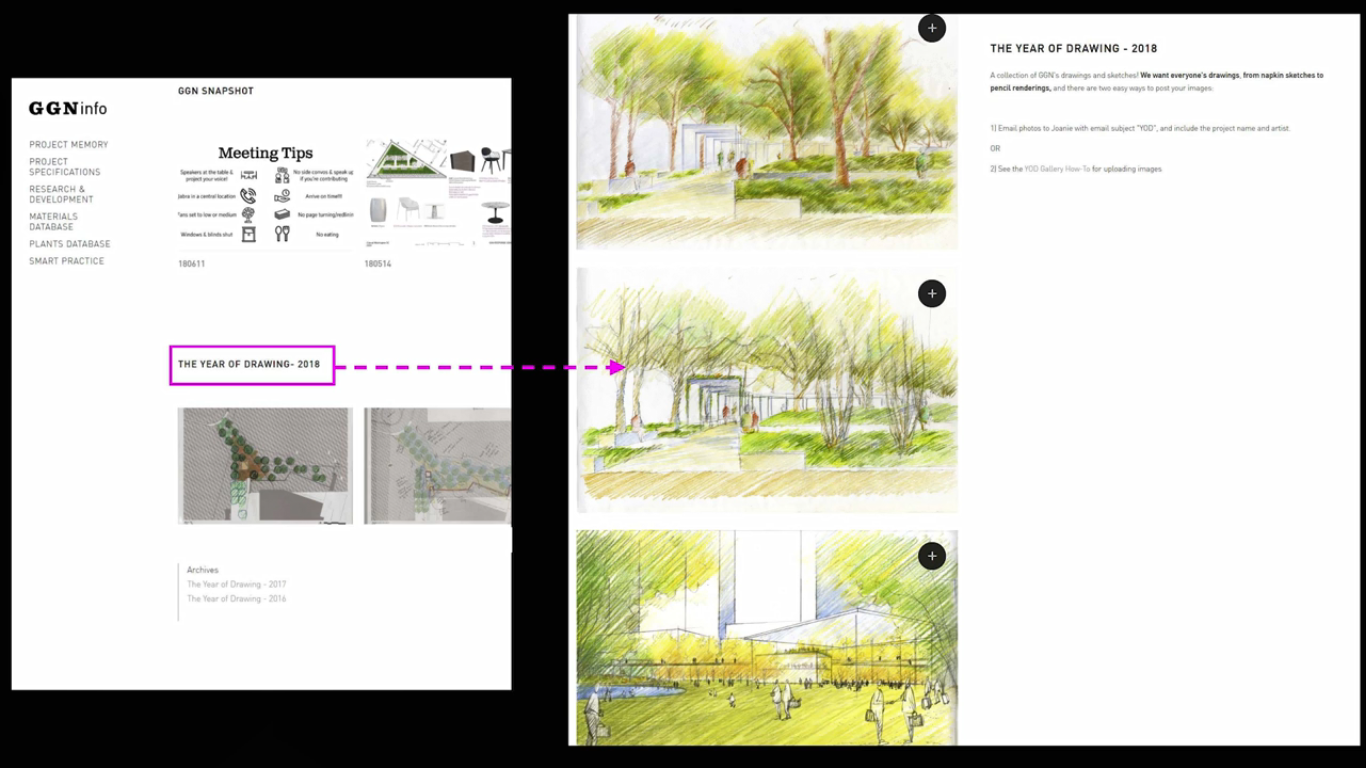 All of these exchanges have shaped Fortuna’s knowledge on materials and constructability, allowing her to grow from past experiences. GGN saw the value of this knowledge and wanted to find a way for information to be shared and made available to everyone. For this reason, GGN created GGNinfo, an intra-office website for employees to communicate across the firm. This resource enables employees to record project feats and flaws, share techniques, and build on the successes of past projects. GGN now stores and catalogs project information ranging from conceptual sketches to recording the issues that came up during construction, creating their own internal research portal.
All of these exchanges have shaped Fortuna’s knowledge on materials and constructability, allowing her to grow from past experiences. GGN saw the value of this knowledge and wanted to find a way for information to be shared and made available to everyone. For this reason, GGN created GGNinfo, an intra-office website for employees to communicate across the firm. This resource enables employees to record project feats and flaws, share techniques, and build on the successes of past projects. GGN now stores and catalogs project information ranging from conceptual sketches to recording the issues that came up during construction, creating their own internal research portal.
GGNinfo includes a materials database, drawing library, project specifications, planting database and even live, recorded lectures from office events. In a multi-office firm like GGN, this type of platform allows for cross-office collaboration, ensuring information is disseminated firm-wide. Now, whether employees are new to the firm and looking to improve their hand-drawing skills or new to a project and want to better understand the process behind a conceptual design, this knowledge is available in a single location.
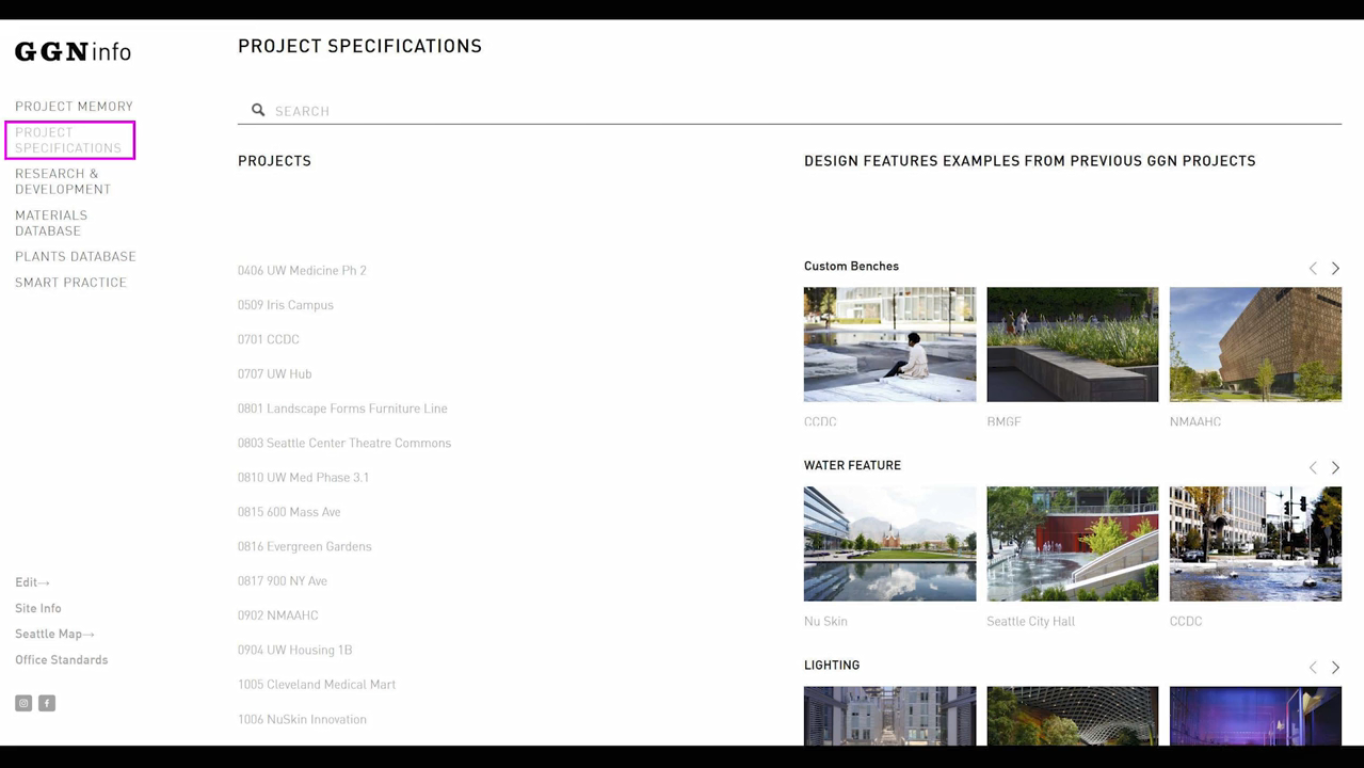
Perhaps most importantly, GGNinfo allows project discourse to continue far beyond project closeout, keeping its story living on. This knowledge-sharing tool not only allows for the dissemination of project knowledge, it also preserves our memories, ensuring that a project‘s history is not lost as it evolves from concept to construction, or as employees are brought on and off of projects.
These sort of tools aren’t meant to stifle creativity, or reduce in-person interaction, Fortuna explains. Rather, they are a starting point that provides enough knowledge to help designers feel more confident about what you’re doing, and then talk to their coworkers to learn more. In fact, by providing a base point, this resource ensures employees have more time to be creative. Instead of re-inventing the wheel, employees are able to expand on past projects, making the next one that much better.
—
This video was filmed on June 7, 2018 in Seattle, WA as part of the Land8x8 Lightning Talks sponsored by Anova Furnishings.
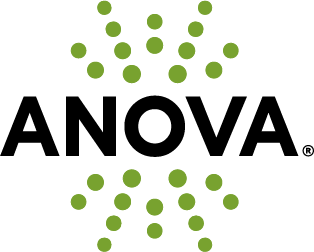
Published in Blog, Cover Story, Featured



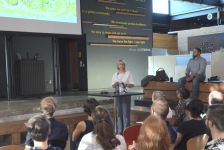
![Fill for Habitat [Video]](https://land8.com/wp-content/uploads/2022/07/land8-cover-224x150.png)
